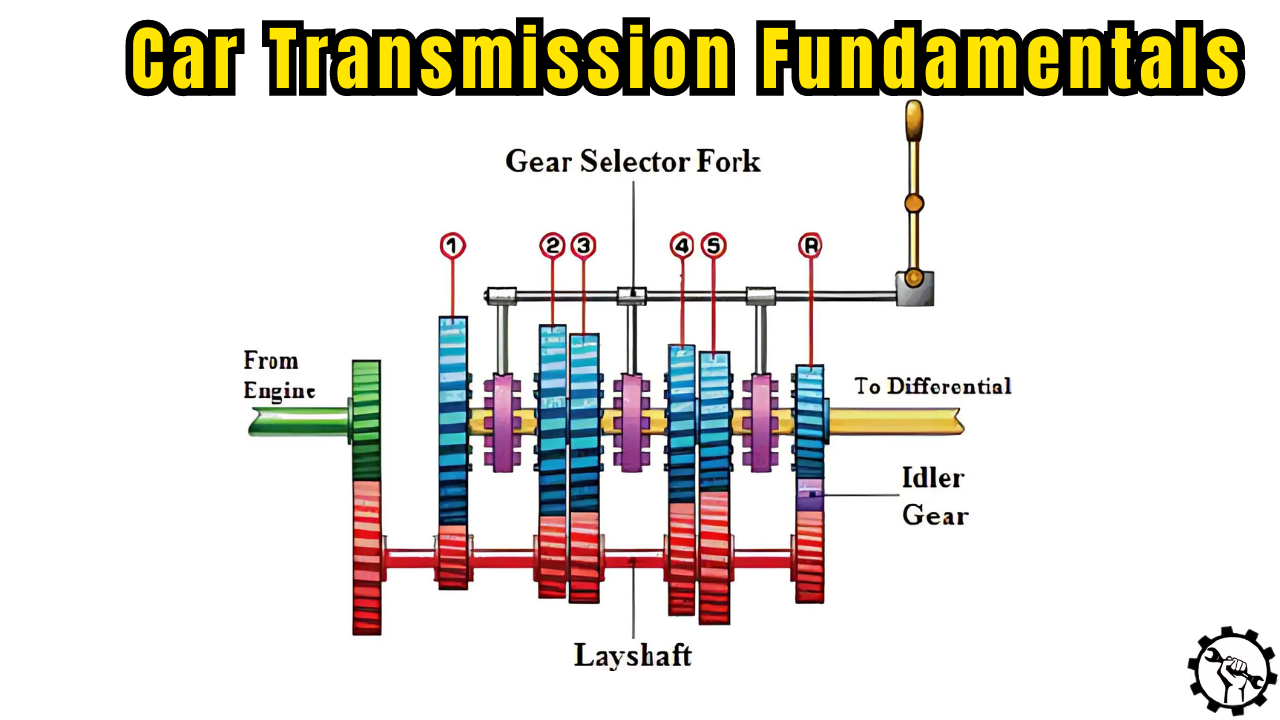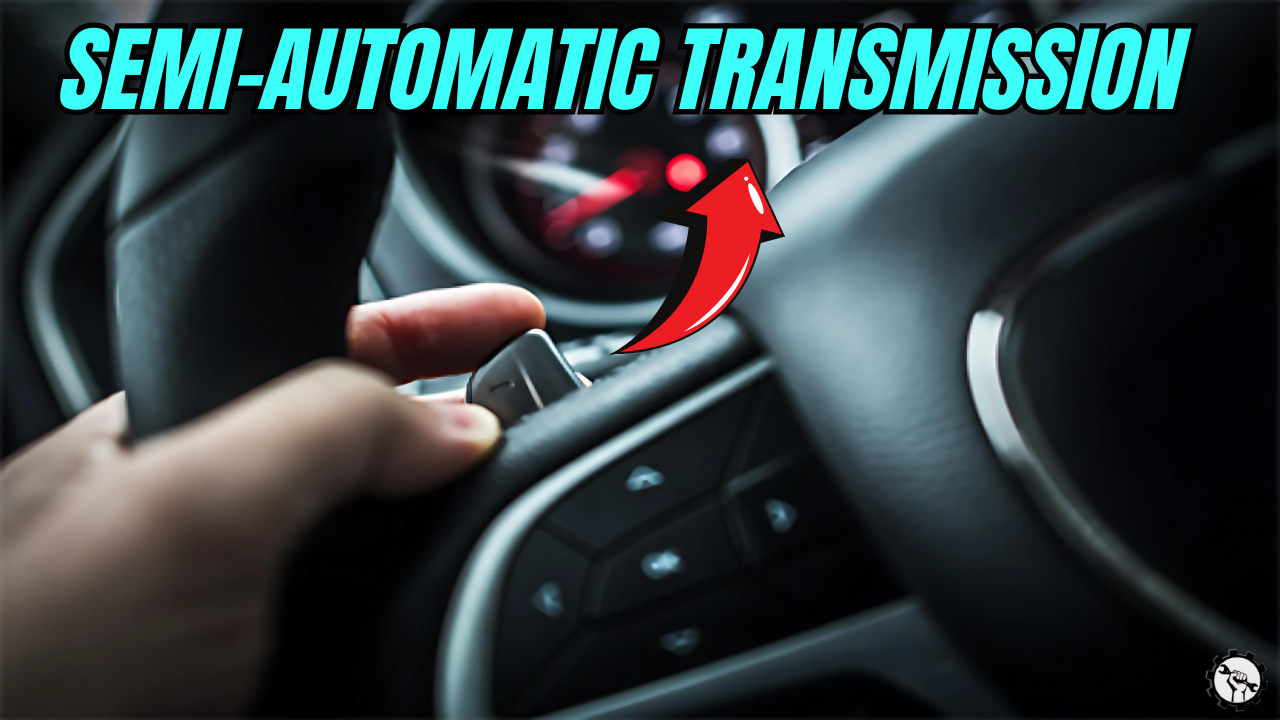Car transmissions are the key component that dictates the power flow from the engine to the wheels. It’s very important but do you know that there are different types of transmissions? Understanding the different types of car transmissions and how each of them can help you make more informed decisions when it comes to buying or maintaining a car.
Car Transmission Fundamentals
At its core, a car transmission is a mechanical system that transfers the engine’s power to the wheels, allowing the car to move at various speeds. It does this by shifting gears, which change the turning power/torque and speed delivered to you car’s wheels.
At this point, these different transmission types offer varying degrees of control, efficiency, and driving experience:

Types of Car Transmissions
There are five major types of transmissions used in cars available in the market. These include manual, auto, semi-auto, CVT, and triptonic. They work differently and speaking of technical and non-technical factors, each of these tranmissions has its own pluses and minuses that every car owner must recognize.
Manual Transmission
Also known as a stick shift, manual transmission is the oldest transmission that requires the driver to manually change gears using a clutch pedal and gear stick. It’s highly valued by drivers for the level of control it offers.
Pluses:
- Greater control over the vehicle
- Generally more fuel-efficient(depending on the driver’s style)
- Generally simpler and often cheaper to maintain
Minuses:
- Generally harder to learn, especially for new drivers
- Requires more effort to drive, particularly in heavy traffic
Manual transmissions are becoming less common, especially in regions where automatic transmissions dominate. However, they remain popular in performance cars and among driving purists who enjoy the tactile experience.
Automatic Transmission
An automatic transmission takes care of gear shifting without the need for driver intervention. It uses a torque converter to manage the transition between gears, providing a smoother driving experience.
Pluses:
- Easier to drive, especially for beginner drivers
- More convenient in stop-and-go traffic
- Generally more practical for all drivers
Minuses:
- Typically more expensive to repair
- Can be less engaging to drive compared to manuals, depending on the driver’s interest
- Older AT transmissions has lower mileage
Automatic transmissions are now standard in most modern vehicles, making driving more accessible to a broader audience. They have evolved significantly, with newer models offering better performance and fuel efficiency.

Semi-Automatic Transmission
Semi-automatic transmissions combine elements of both manual and automatic systems. They allow the driver to switch between automatic mode and manual mode, where they can control gear changes using paddle shifters or a gear lever.
Pluses:
- Offers the flexibility of both manual and automatic control
- Often found in sports and high-performance cars
- Provides a balance of convenience and driver engagement
Minuses:
- More complex and potentially more expensive to maintain
- Not as smooth as a fully automatic transmission
This type of transmission is ideal for drivers who want the best of both worlds – the convenience of an automatic and the control of a manual.

Continuously Variable Transmission (CVT)
A CVT is a type of automatic transmission that doesn’t use fixed gears. Instead, it operates through a belt and pulley system that continuously adjusts the gear ratio for optimal performance.
Pluses:
- Seamless acceleration without noticeable gear changes
- Can be more fuel-efficient than traditional automatics
- Provides a smooth driving experience
Minuses:
- The driving feel can be less engaging for some drivers
- Repair and maintenance costs can be high due to the complexity of the system
- Damaged belt can lead to costly repair
CVTs are becoming more common in modern vehicles, especially in hybrids and smaller cars, due to their efficiency and smooth operation.
Tiptronic Transmission
Tiptronic is a type of automatic transmission that allows the driver to manually override the automatic mode without the need for a clutch. It’s often found in luxury vehicles and high-performance cars.
Pluses:
- Offers the convenience of an automatic with manual control options
- Allows for more engaging driving without the complexity of a manual transmission
- Typically reliable and well-engineered
Minuses:
- Generally more expensive than standard automatics
- Manual mode may not offer the same level of control as a true manual transmission
- Tiptronic systems are popular among drivers who enjoy the occasional hands-on experience but prefer the ease of an automatic for daily driving.
Choosing A Car with The Right Transmission
When choosing a transmission, consider your driving style, the typical conditions you drive in, and your comfort level with manual gear changes. Automatic or CVT might be the best fit for city drivers due to the frequent stop-and-go traffic.
A manual transmission is highway commuters’ best pal because it generally offers better fuel efficiency and more control on long drives. Performance drivers would typically love semi-automatic or Tiptronic transmissions which offer a mix of control and convenience, perfect for spirited driving.

Conclusion
Understanding the different types of car transmissions is key to making an informed decision, whether you’re buying a new car or just looking to better understand current car you’re driving. Each transmission type offers pluses and minuses that makes the right choice depends on your personal preferences and driving needs. As automotive technology continues to evolve, the lines between these transmission types are blurring, offering more options than ever before.

As a mechanical engineer, it’s easy for David to explain the functionality of the tool. David test most of the tools before writing a review. its help him to learn something new and suggest the best product for you.





